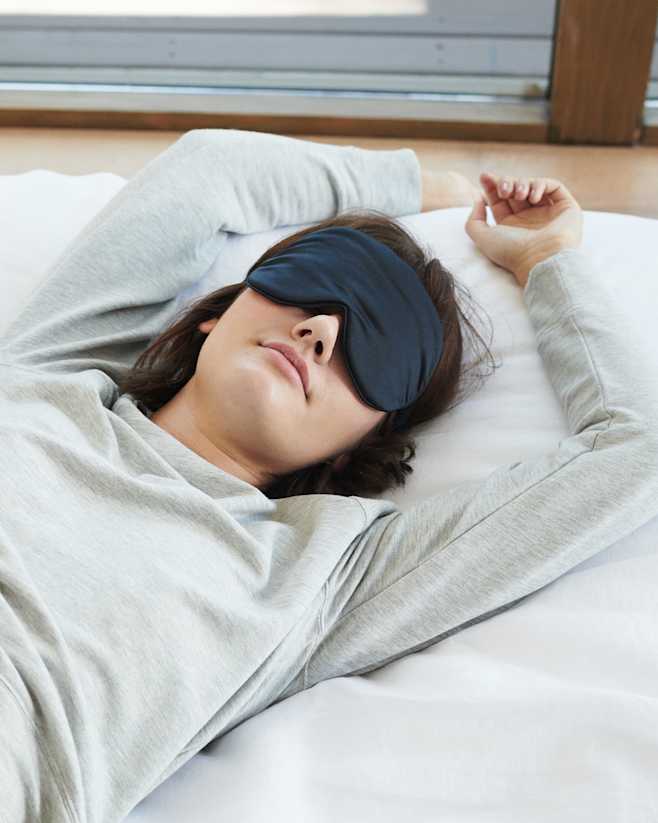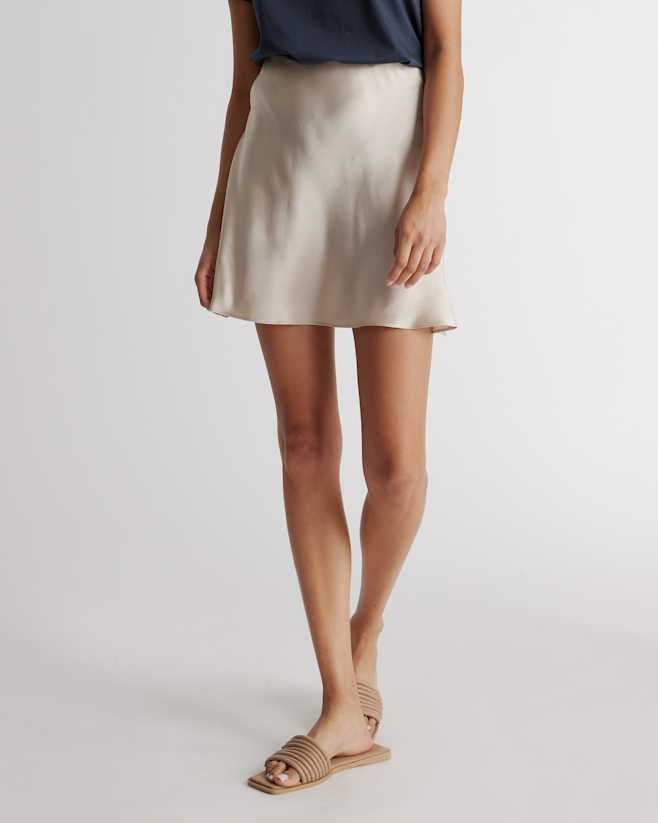
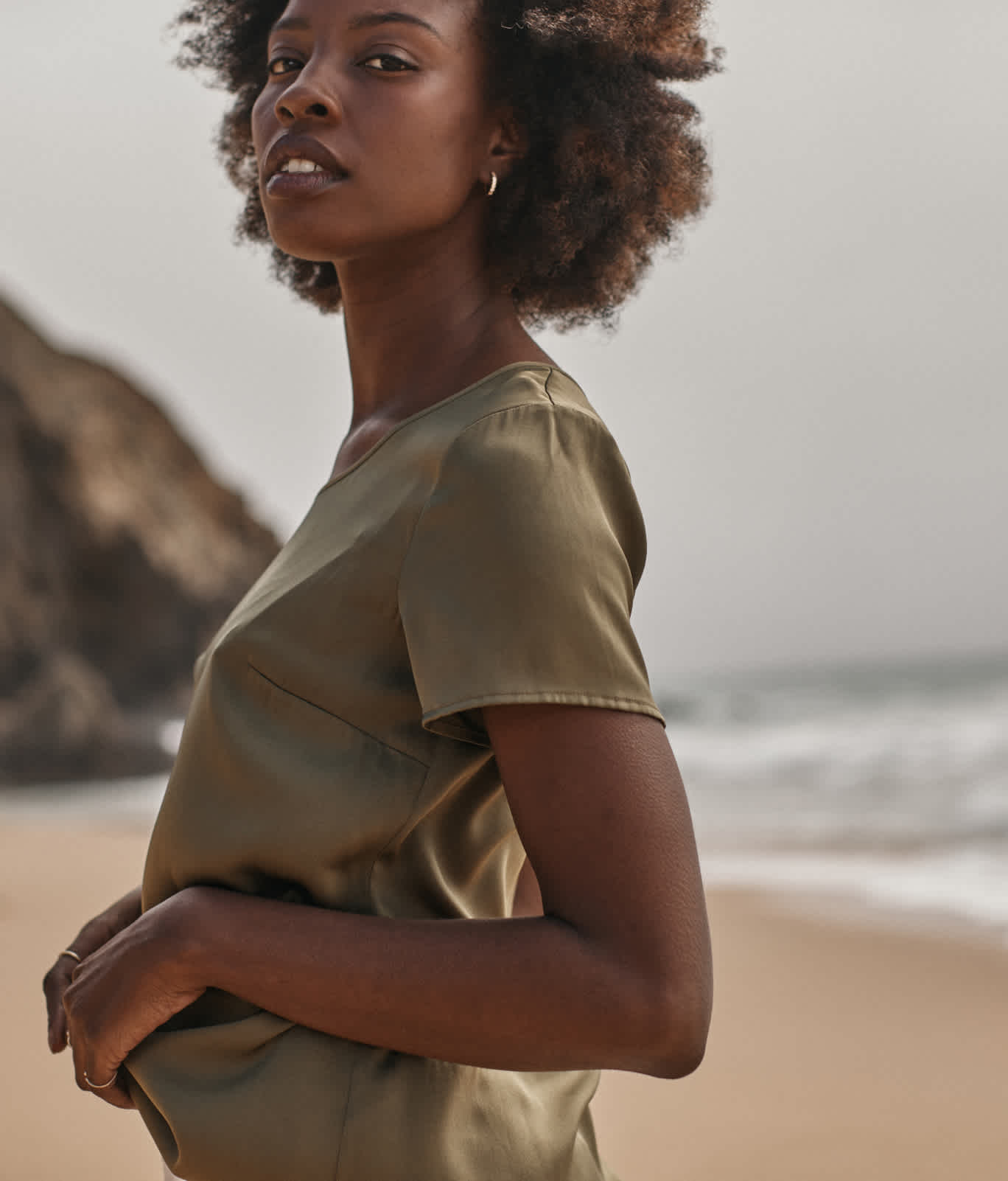

All About Silk
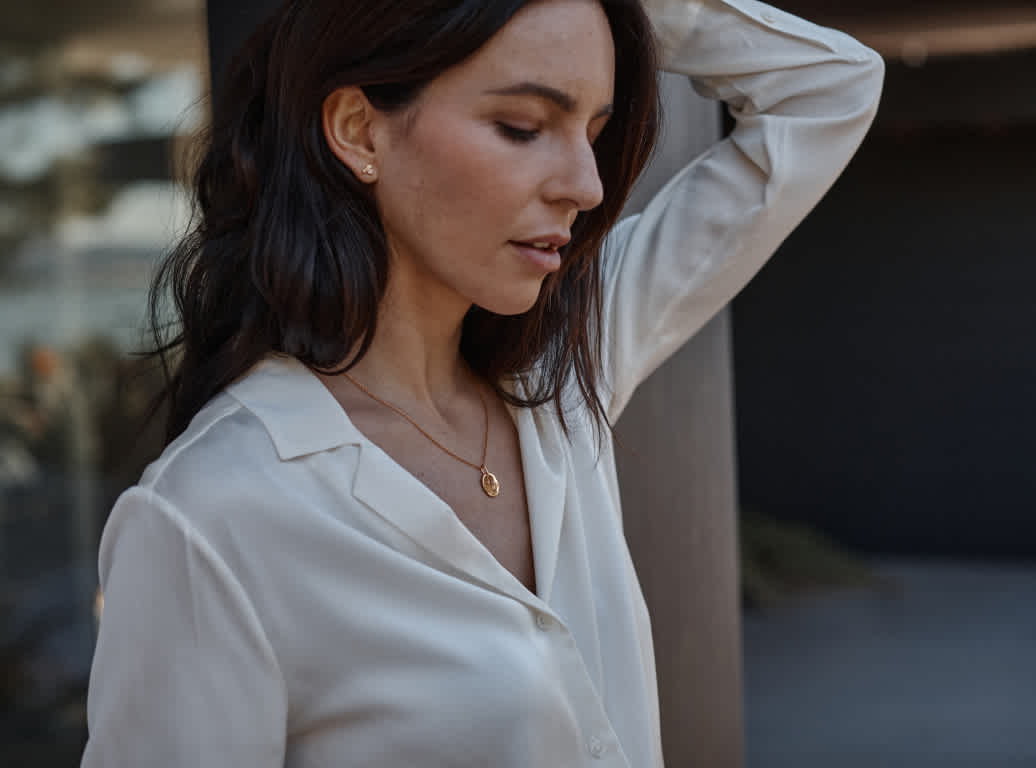
Shiny, expensive, smooth, and elegant — silk’s reputation as one of the best garment fibers is undisputed, but its exact nature remains elusive to many. Silk’s provenance, production process, and critical properties are all highly complex and unique, making it one of the most misunderstood materials available today.

The more you know about silk, the easier it will be to leverage its benefits, discern real from fake, and find the silk products that work best for you. Here is some of the most important information about the world’s most mesmerizing substance:
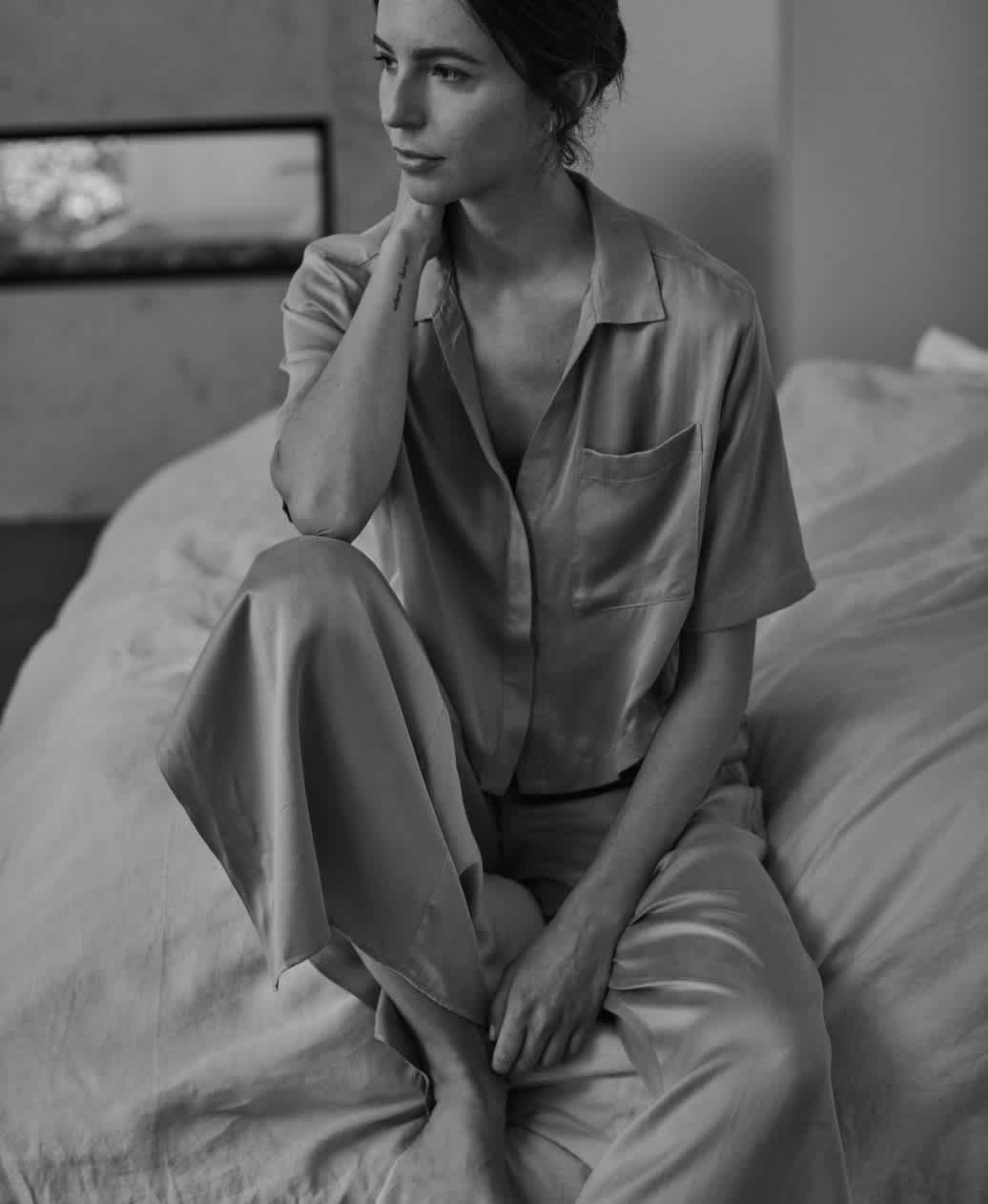
All About Silk
what silk made of?
Silk is made primarily from the proteins found in the cocoons of mulberry silkworms, also known as Bombyx mori. The worms produce silk fibers from their saliva, wrapping the threads into a protective shell in which they will undergo metamorphosis. Silk makers then process the cocoons, removing and discarding the worms within. The cocoons are then carefully unraveled in order to preserve the threads in their entirety. Because of the long and laborious nature of silk production, there are a number of artificial silk materials on the market as well, commonly referred to as “art silk.” Art silk can be composed of rayon, cellulose, polyester, or some combination thereof and is generally made of crops such as mercerized cotton, wood pulp, or soybeans.
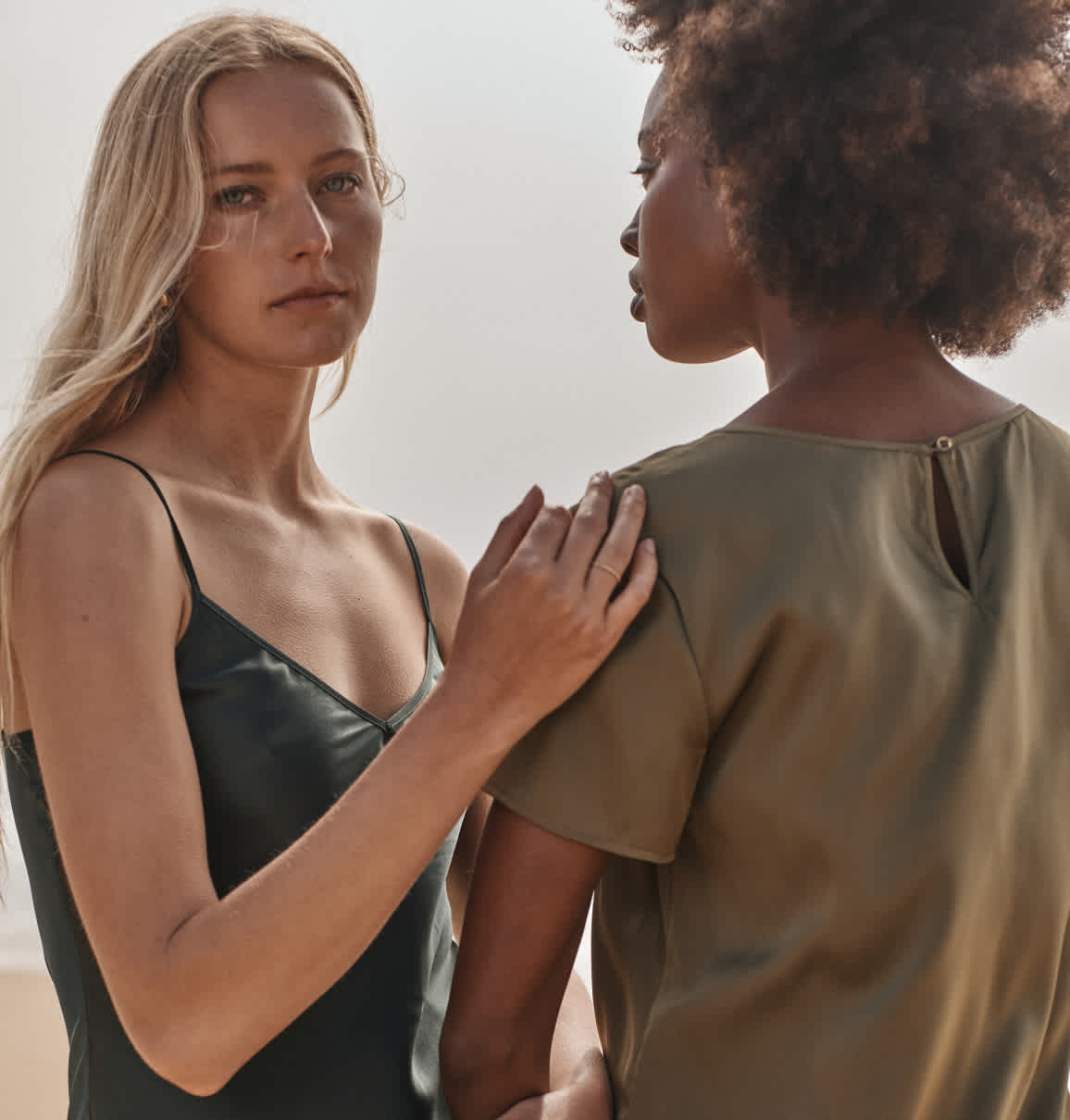

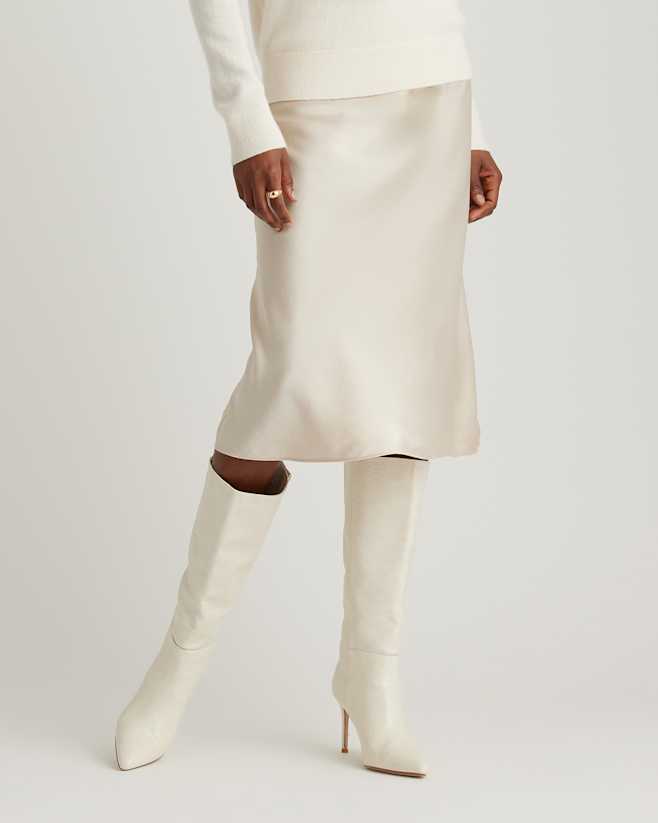
- Best seller
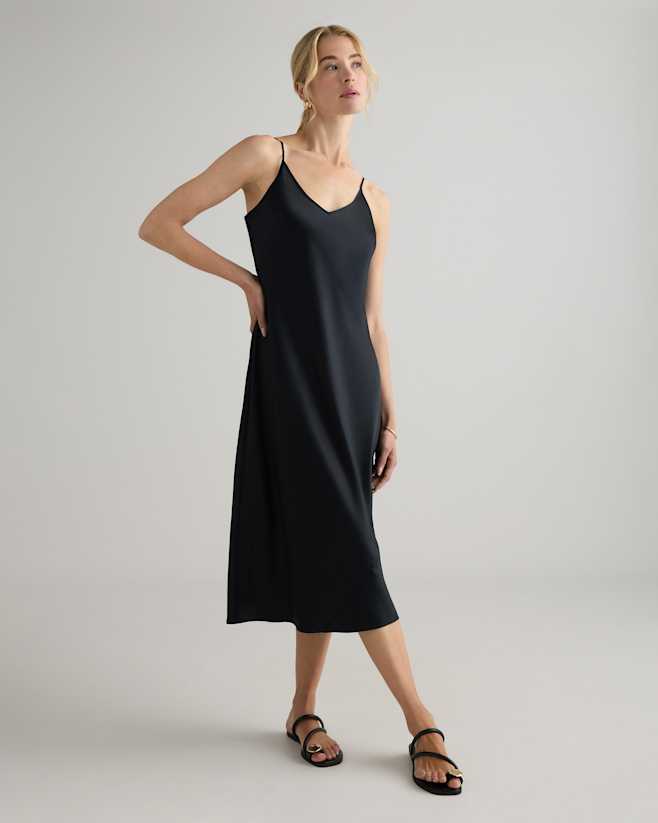
- Best seller
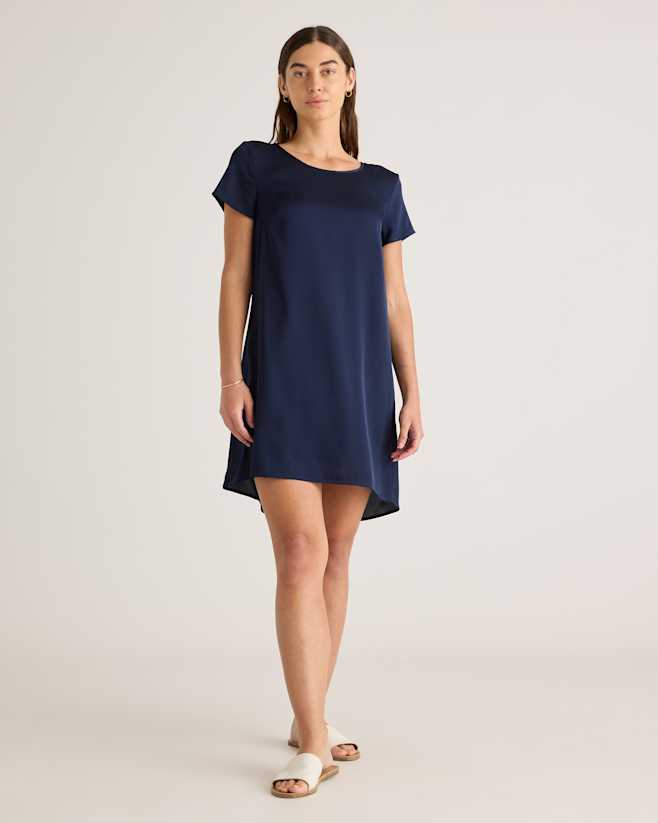
- Low stock
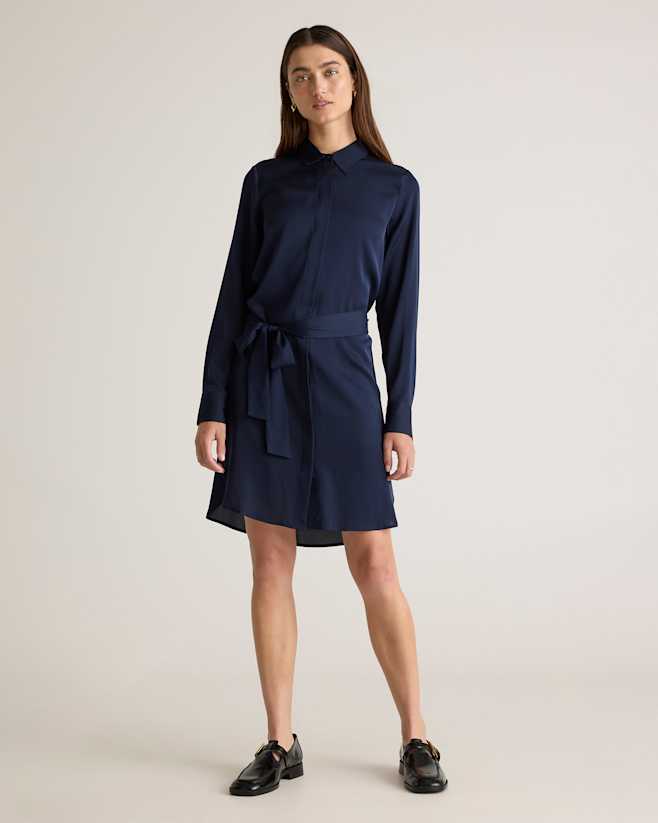
- Leaving soon
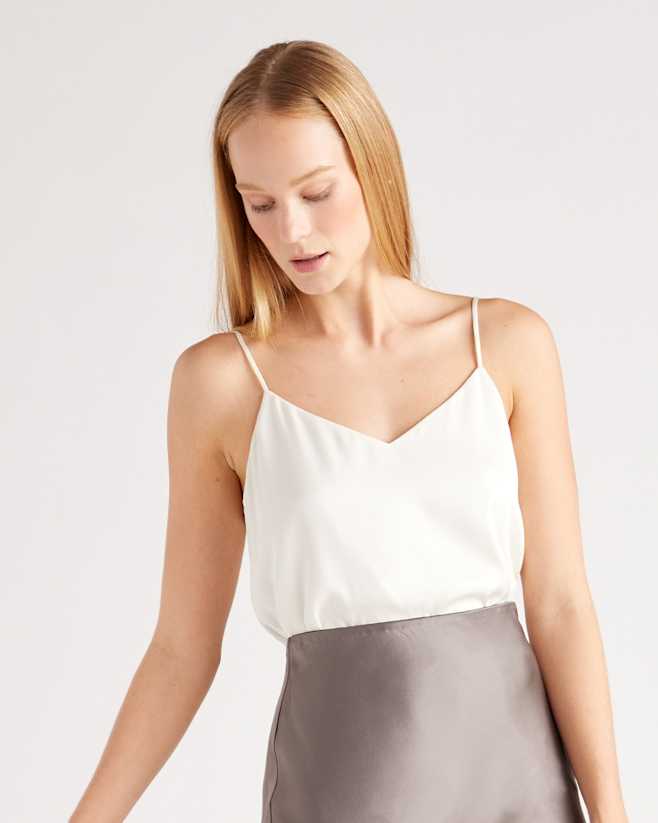
- Best seller
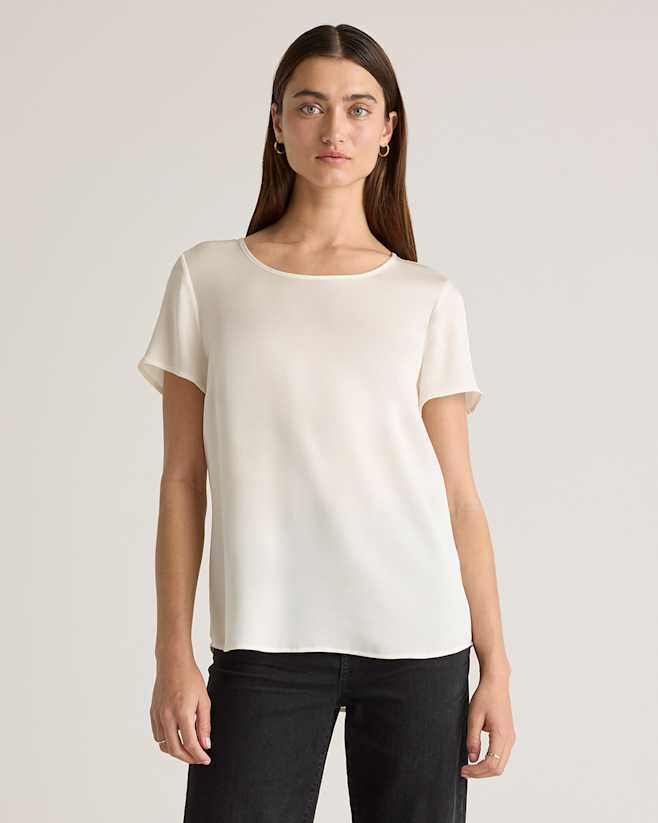
- Leaving soon
- Best seller
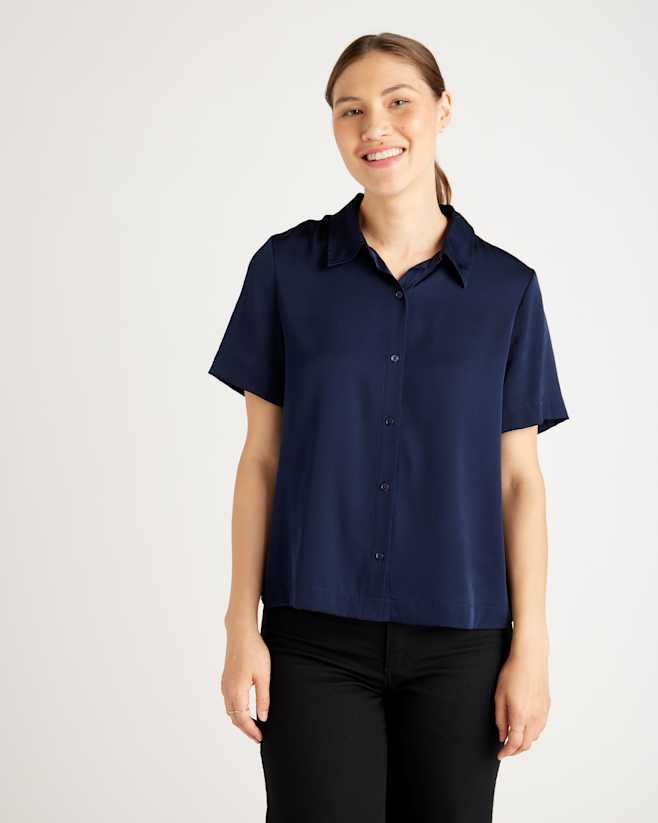
- Sold out
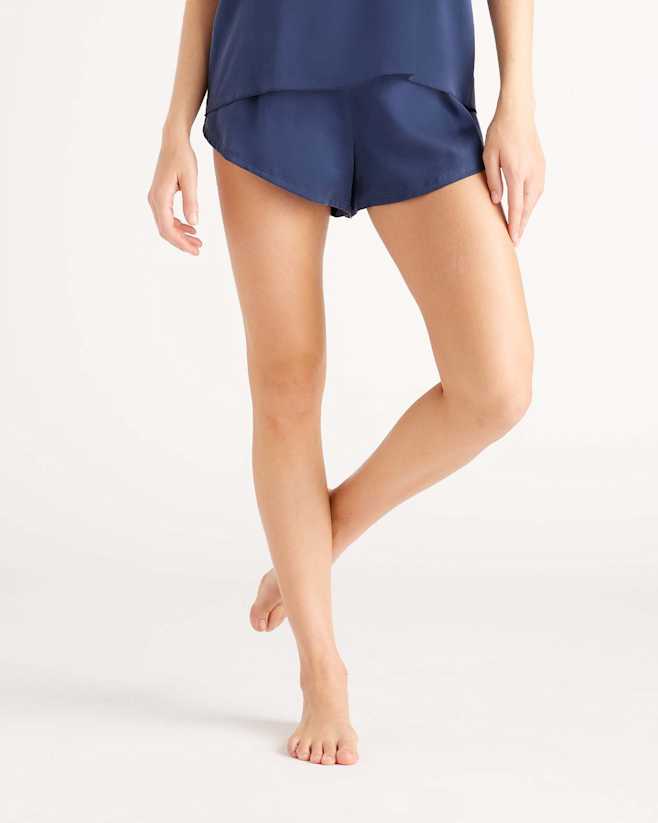
- Best seller
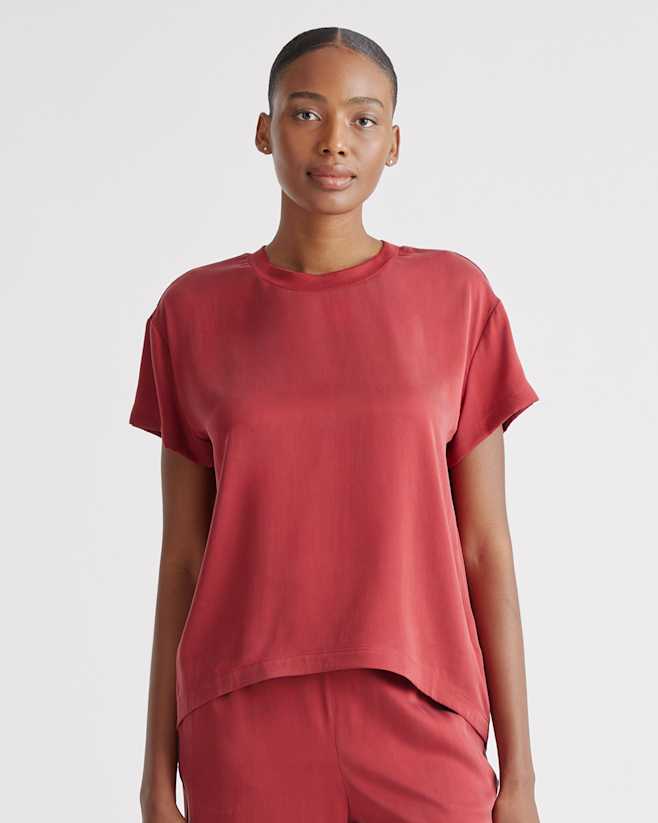
- Sold out
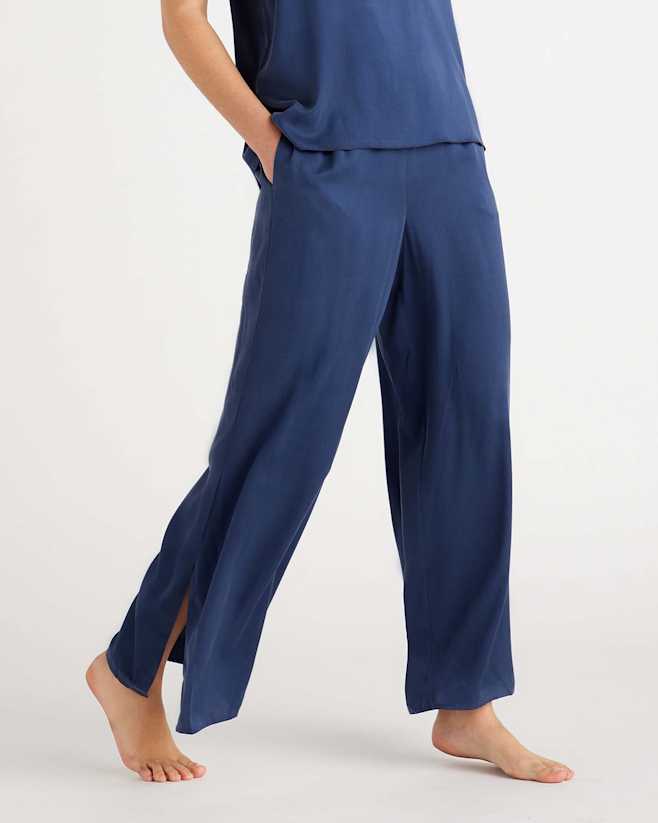
- Low stock
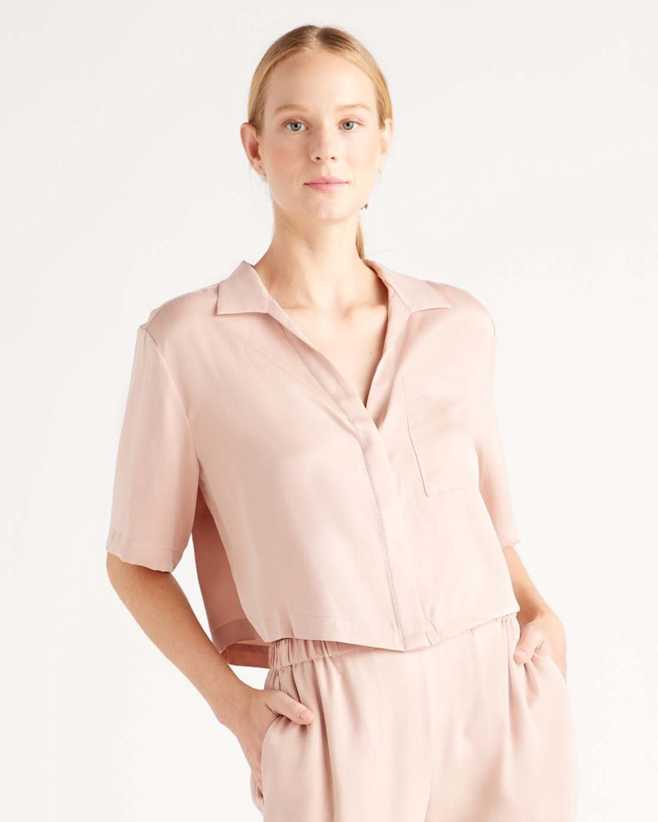
- Sold out

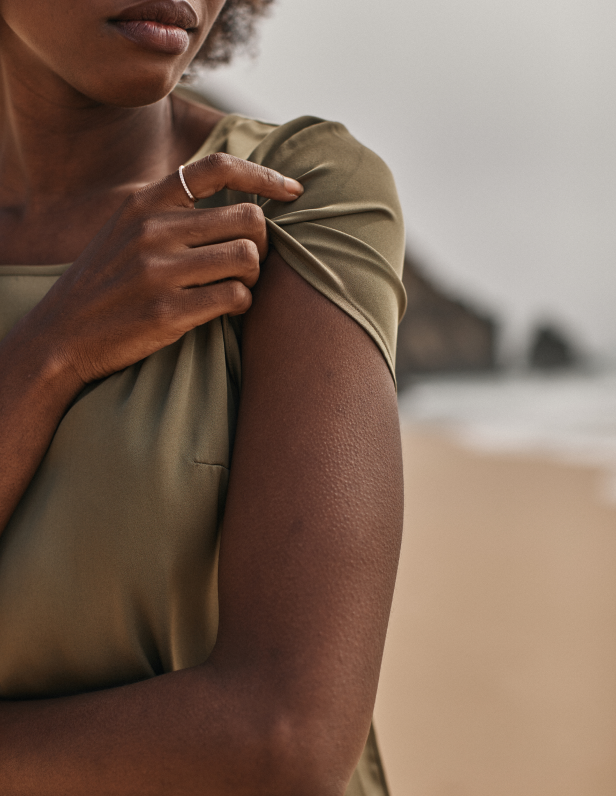
The silk making process may be complex and labor-intensive, but it’s all in the pursuit of a worthwhile product. Due to its one-of-a-kind composition, silk has a number of beneficial properties not found in other materials.

All About Silk
SILK BENEFITS
Whether it’s found in clothing, sheets, or pillowcases, silk’s primary points of contact with your body are always going to be on the skin — meaning that your skin will also see the biggest benefits. Silk contains a protein known as sericin, sometimes referred to as silk amino acids, which is commonly used in skincare products to promote skin elasticity and strength. This means that silk products can have a natural anti-aging effect on the skin, halting wrinkle development and keeping things smooth. Another benefit of silk is that it does not absorb moisture from the skin when worn. Some popular materials such as cotton are highly absorbent and draw out water from wherever they’re touching, potentially drying out the skin. In contrast, sericin maintains your skin’s hydration levels and can actually act as a moisturizer in its own right. Full body garments such as silk robes can leverage this property for large portions of your skin. Other garments like silk dresses and tees remain cool and comfortable because of this benefit. Silk’s resiliency extends far beyond water. Its structure doesn’t allow for the levels of buildup of dirt, dead skin cells, or other allergens that most materials do. This decreases the amount of potentially acne or eczema-causing agents your skin is exposed to. Moreover, silk is hypoallergenic, ensuring that your skin avoids irritation at all costs.

All About Silk
Health benefits
Your skin isn’t the only aspect of your health that silk ownership can improve: silk sheets and pajamas have also been shown to have a strong impact on sleep quality. Typical cotton sheets can easily become wrinkled or bunched, creating formations that inhibit peaceful rest. Silk stays smooth no matter how much you thrash about, ensuring that your sheets or silk pajamas never get in the way of a good night’s sleep. Silk is also highly breathable and great for regulating body temperature, making it a great nighttime option for those who experience hot flashes while in bed. Moreover, silk is strongly antifungal in nature. For women worried about yeast or other vaginal infections, silk underwear can help decrease the likelihood of developing one. Hair benefits Most of the benefits silk offers the skin, it offers to the hair as well. Silk doesn’t remove the hair’s moisture, meaning that your hair can stay on a silk pillowcase all night without drying out like it would on a cotton pillowcase. Because silk doesn’t bunch up or wrinkle like other materials do, silk pillowcases also discourage your hair from becoming tangled, knotted, or matted as you sleep. This is especially true for people with naturally curly or frizzy hair. Cotton pillowcases create a lot of friction between the head and the pillow, breaking curls and causing unwanted flyaways. Silk’s incomparably smooth surface allows your hair to flow across it with ease. This prevents agitation and ensures that your hair when you wake up is as similar to the way it was when you went to sleep as possible.
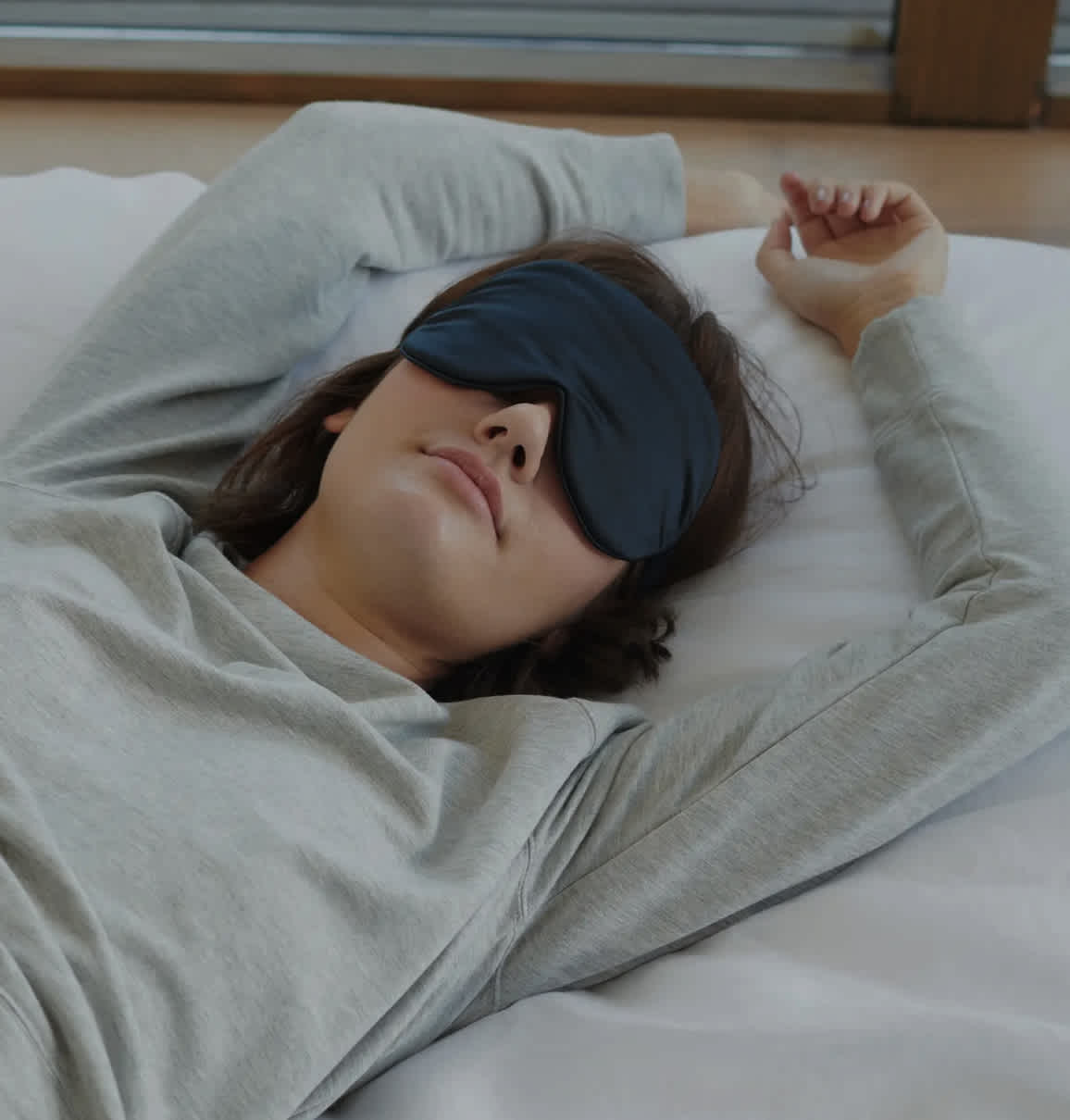
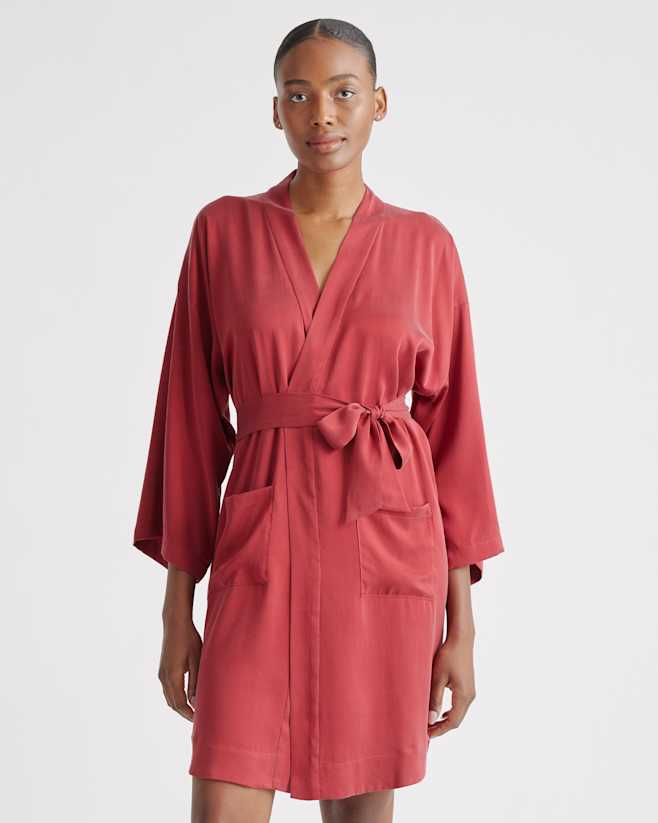
- Sold out
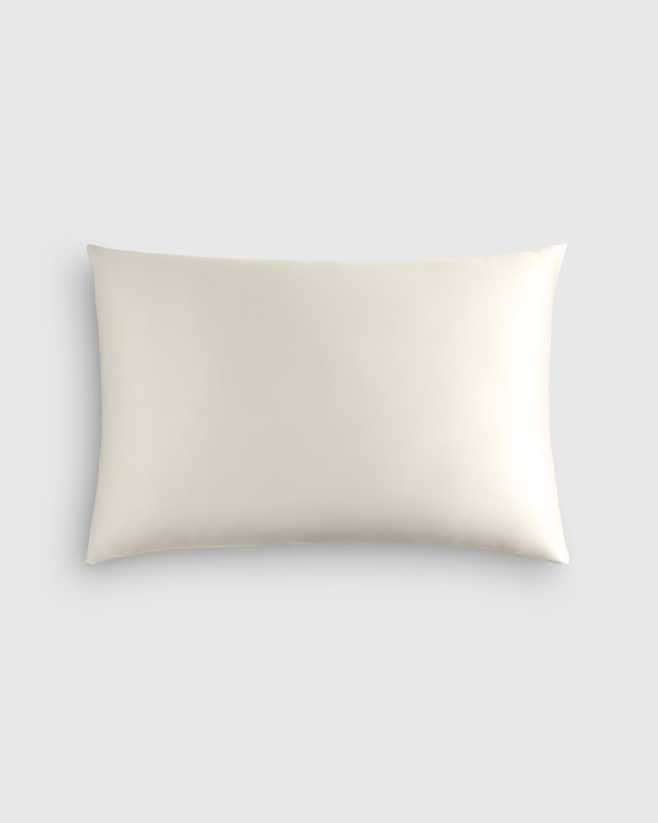
- Best seller
- Back in stock
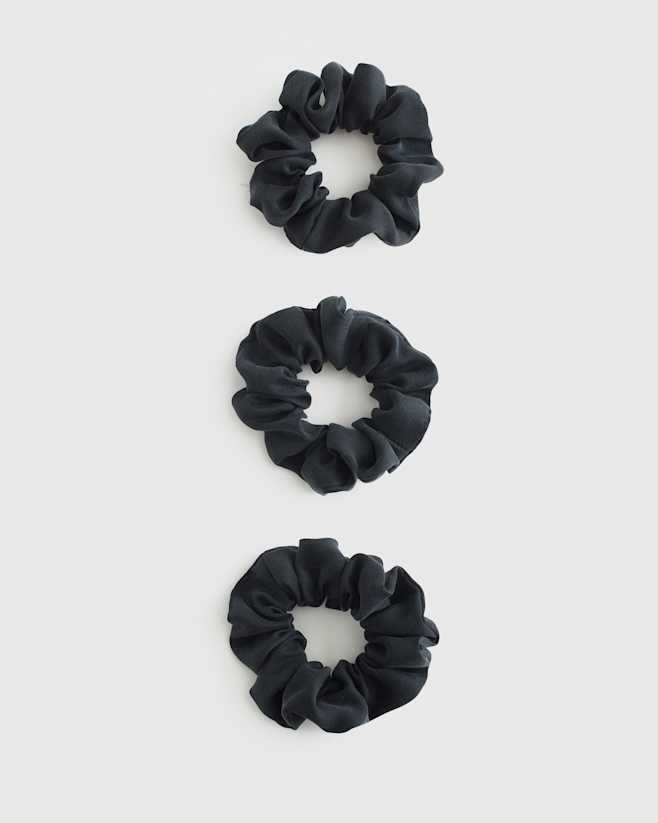
- Best seller
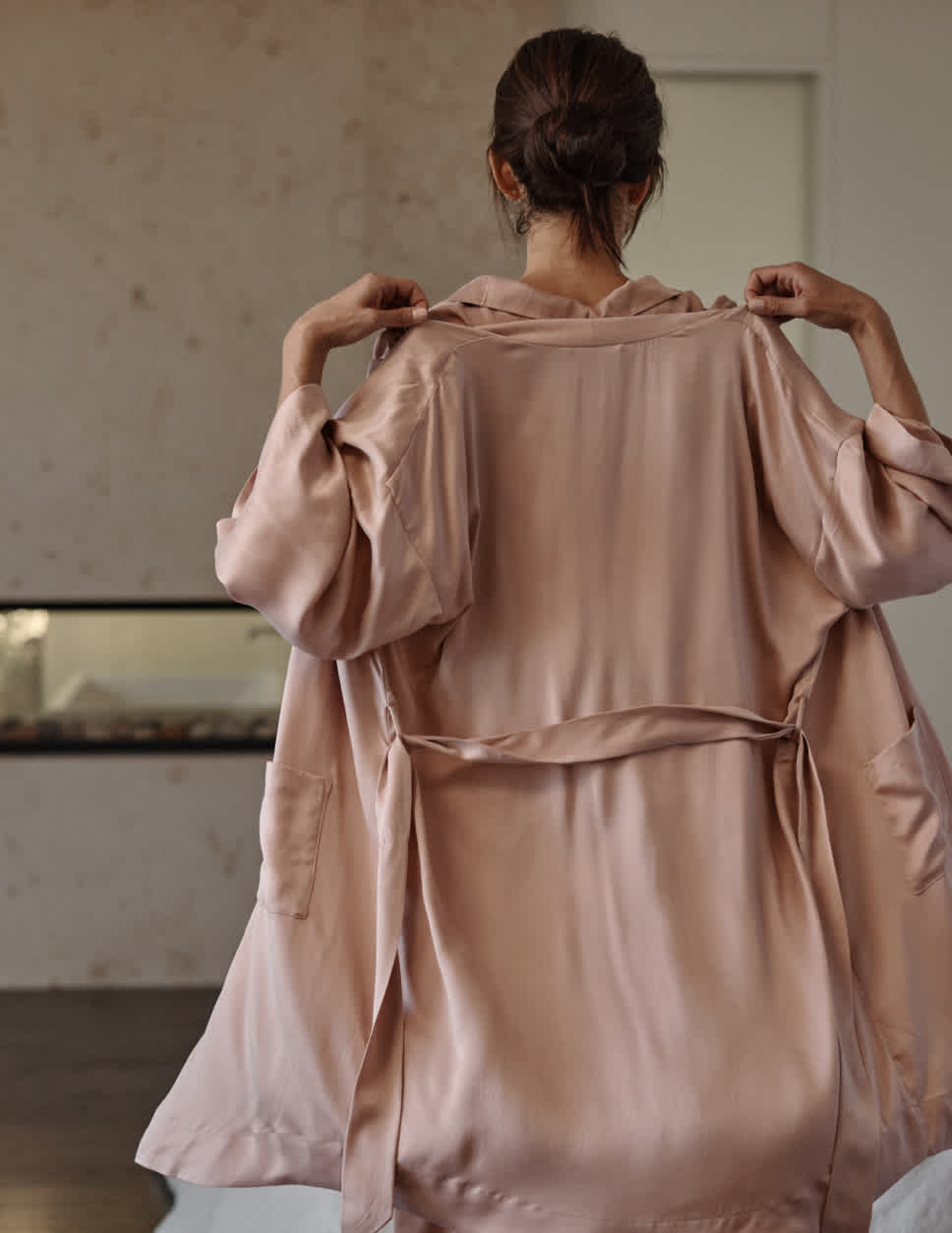
All About Silk
What are the properties of silk?
Now that you know just how beneficial silk can be, it’s time to get into the nitty gritty of how it works. Chemical properties of silk Silk is composed of two different proteins: fibroin and sericin. About 75% of silk’s mass is fibroin, with the other 25% being sericin. You can think of fibroin as providing the structure of the silk thread — its tough and sturdy nature makes it a great foundation for fiber formation. Sericin, on the other hand, is a sticky substance that binds the thread’s fibers together and helps them form silk as we know it. Physical properties of silk Silkworms weave fibers into a triangle-like pattern which helps give silk threads their natural strength. This structure makes silk one of the strongest natural fibers, though the material is not very elastic: if stressed or elongated, silk will often remain stretched thereafter. The flat surfaces of silk fibers reflect light at certain angles, which gives silk its famous shimmer.

All About Silk
What are the types of silk?
Though mulberry silk is the most common variant of silk available, it is far from the only silk fabric out there. Other silks such as tussah, muggah, and eri silk are also made via similar processes, just with different species of silkworm. Silkworms don’t have a monopoly on the silk making process, though: the silk produced by spiders and even by mussels can also be found in some clothing. The silk’s origin isn’t the only thing determining its type — weave also matters. The most common type of silk is charmeuse, the traditional satin weave most people will be familiar with. Silk can also be found in other weaves such as chiffon, crêpe-de-chine, georgette, and even velvet. All of these weaves differ in texture and are usually used for specific garments or products. How can you tell real silk? Though most products should include labels disclosing their material makeup, it’s not always easy to tell which silk is real and which is synthetic. One easy determinant is price: real silk can be up to 10 times as expensive as art silk. This isn’t surefire though — sellers can simply upcharge art silk in the hopes that people think it’s real! Thankfully, there are a few more tactile tests you can conduct as well. The most famous is the “wedding ring” test: if your silk garment can be smoothly and quickly pulled through a wedding ring, it’s genuine. Artificial silk will scrunch up and often get caught in the ring. You can also crush a bit of silk in between your fingers, too: if you hear a crunching sound, it’s the real deal. Finally, take a close look at the material with a magnifying glass. Real silk will almost always have imperfections in the threading, whereas art silk will be uniform throughout.
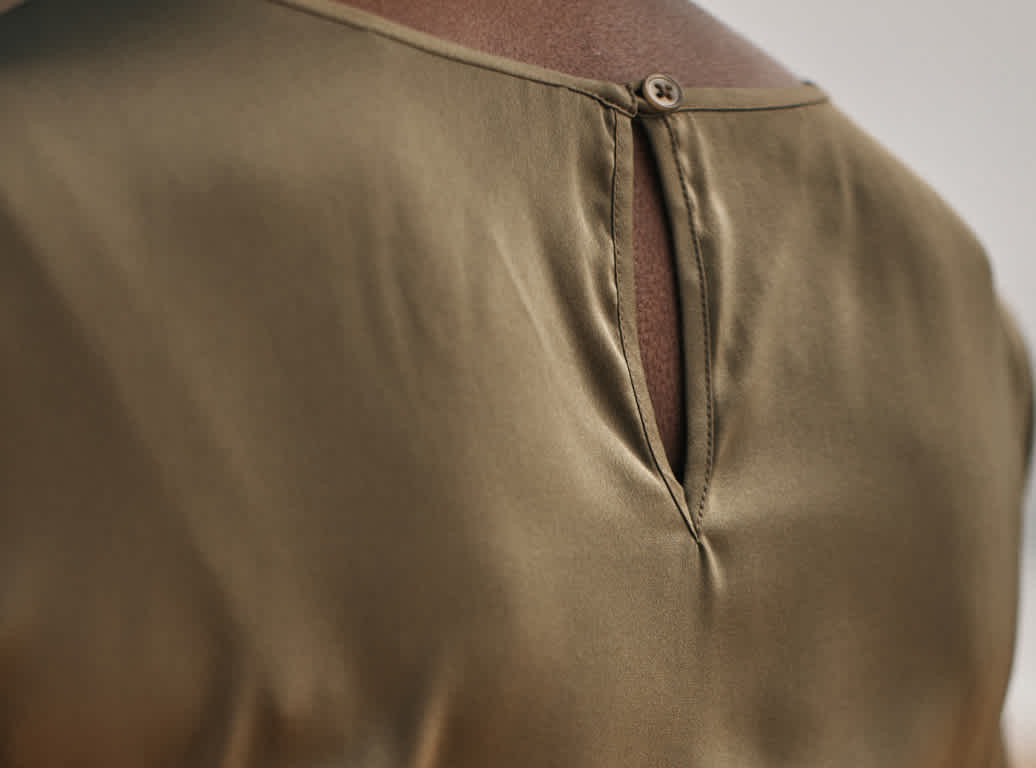
All About Silk
Why is silk so expensive?
Simply put, silk is hard to make. It can take as many as 10,000 silkworm cocoons in order to make a single garment, and those cocoons often need to be unwound by hand or with intricate machinery. These elements can really add up, all resulting in a costly end product. What are other applications of silk? Besides clothing, sheets, and other household fixtures, a number of different areas stand to benefit from silk’s natural properties. The sericin found in silk makes it highly biocompatible, meaning that medical researchers are currently looking for ways that silk could be used within the human body as sutures or other internal structures. Silk can also be processed into gels or films, also useful for medical applications due to their natural makeup.
Silk Care
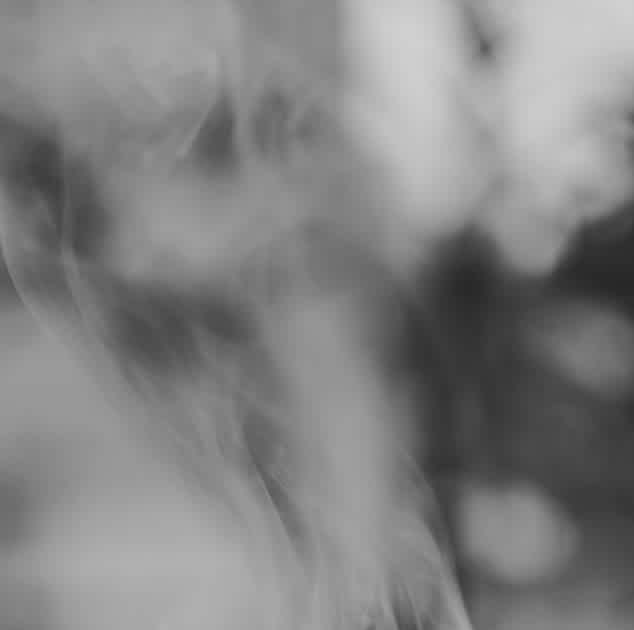
Steamed
Silk can be steamed; the process is actually ideal for removing wrinkles from silk products, as the gentle material generally does not hold up well to an iron.
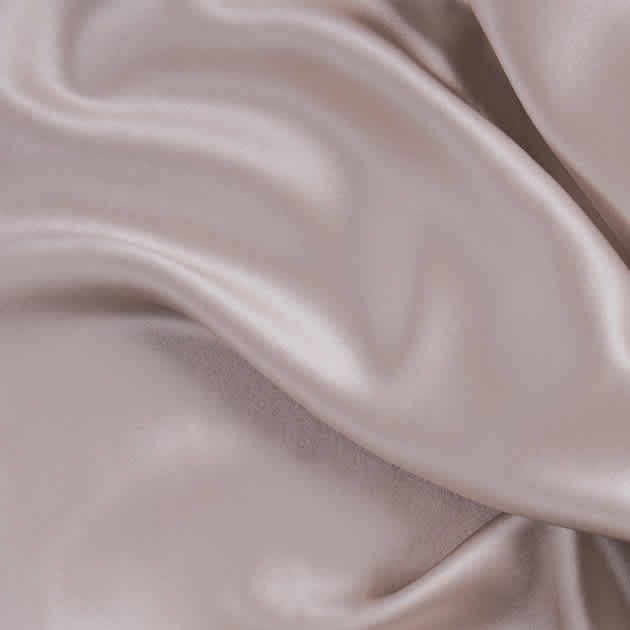
Washed
Washing silk in a washing machine is perfectly fine, you’ll just want to wash it on a “delicates” setting and avoid using very hot water. Be sure not to wash your silk garments with bleach, as it can stain them and will cause damage to the threads.
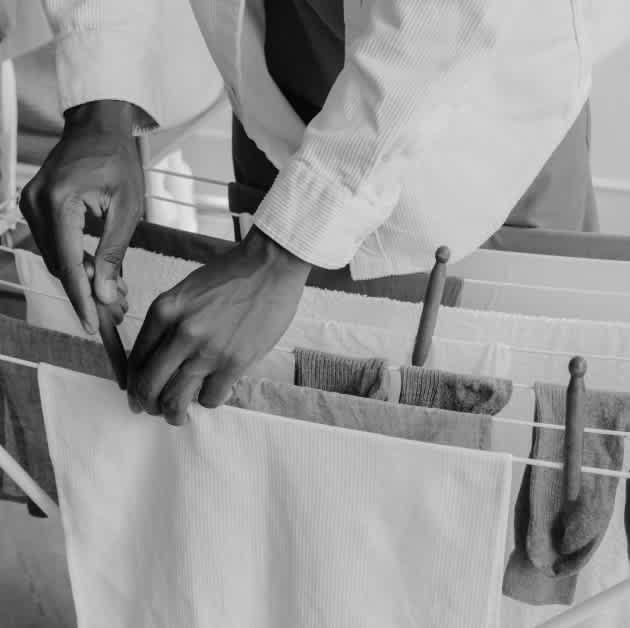
Dryer
Silk will shrink if put in the dryer, and the high heat can also damage the threading. Avoid tumble drying if at all possible. Leave your silk out to dry, but don’t let it spend too long in the sun — it might dull some of the colors.
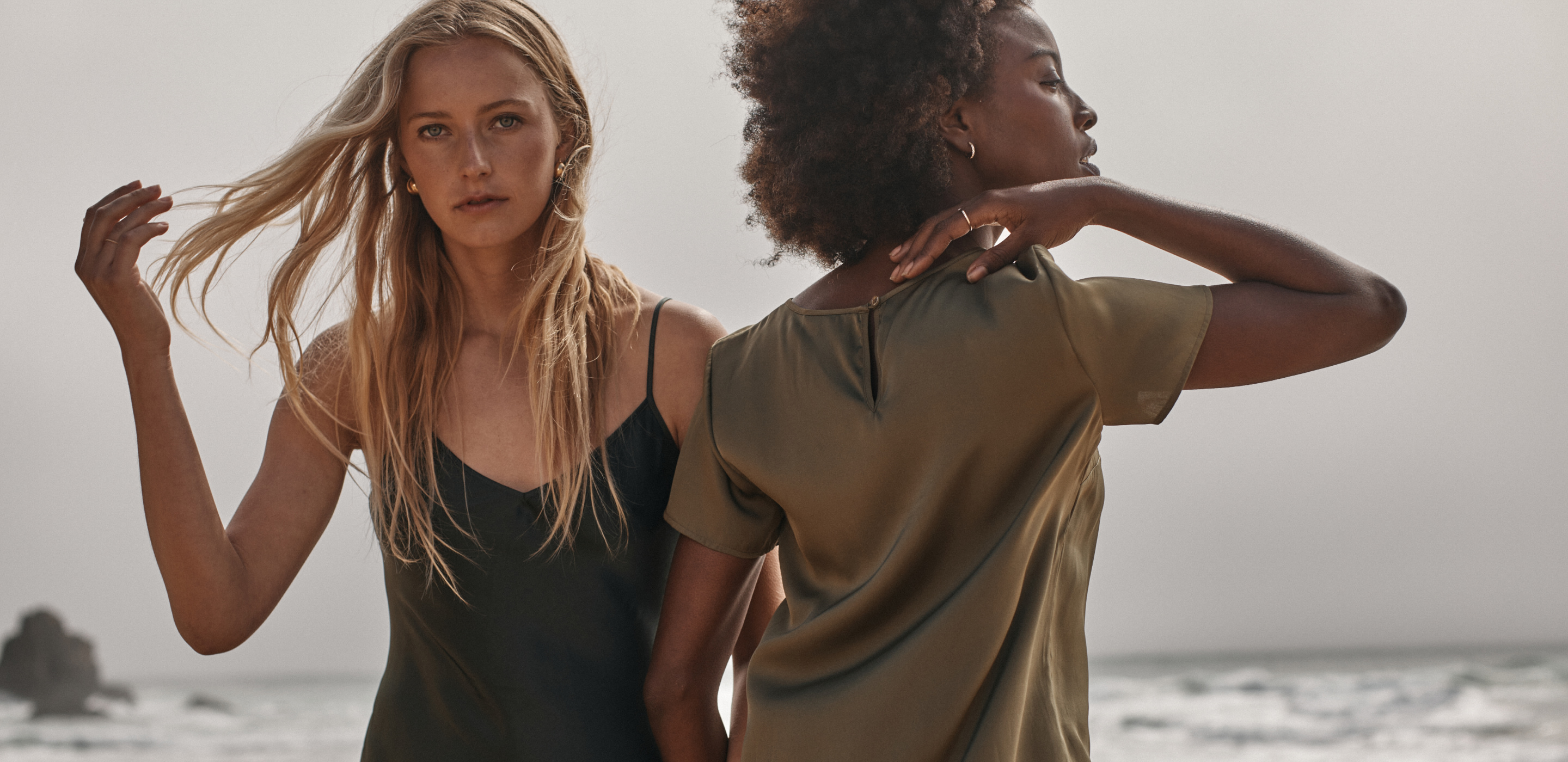
Super soft Silk
We love silk for its softness and easy attitude. Our Mulberry silk will be your wardrobe go-to, and the best part is it’s washable.
ALL YOUR QUESTIONS, ANSWERED
1. Are silk pajamas worth it?
1. Are silk pajamas worth it?
We think so! Especially when they are 50-75% less than other brands, like our best-selling Washable Silk Tank & Shorts Pajama Set.
2. How and why are silk pajamas good for your skin?
2. How and why are silk pajamas good for your skin?
So if the material your pajamas are made of is so important, what makes silk the right candidate for you? The answer lies in silk’s makeup. Silk contains a protein called sericin which can help promote skin elasticity and prevent wrinkles. Sericin, also known as silk amino acids, is a common ingredient in anti-aging skincare products. You can think of sleeping in genuine silk pajamas as applying a very thin layer of night cream to your skin as you sleep — the natural properties of silk can help rejuvenate just like some popular products can.
3. Is silk or satin better for skin?
3. Is silk or satin better for skin?
Though products made with satin weaves are often highly breathable and make for great pajamas, satin products not made with silk miss out on all of silk’s natural benefits. Those interested in seeing the effects that sericin can have on the skin should opt for silk products over satin.
4. Is mulberry silk real silk?
4. Is mulberry silk real silk?
Our garments are made with mulberry silk, silk produced by mulberry silkworms as they create their cocoons. Mulberry silk is the only natural silk product that contains sericin and has all of the properties listed above, making it the best option for creating the perfect silk pajamas.
5. Is it good to sleep in silk pajamas?
5. Is it good to sleep in silk pajamas?
Absolutely. Silk is both breathable and insulating - so it can keep you warm in the winter and cool in the summer. For winter, we recommend our Silk Button Up & Pants Pajama Set. And for summer, the Silk Tee & Shorts Pajama Set.
6. Are silk pajamas warm or cool?
6. Are silk pajamas warm or cool?
Silk is an excellent thermoregulator, meaning that it’s very good at letting thermal energy flow both ways. Put simply, this means that silk pajamas act as a natural heat pump for your body — keeping heat trapped when it’s cold and letting it escape when it’s too warm. This makes silk a great pajama material for people who experience nighttime hot flashes or for anyone who struggles staying warm after the sun sets.
7. How often should silk pillowcases be washed?
7. How often should silk pillowcases be washed?
If you want your silk pillowcases to last for years, we recommend washing our silk pillowcases every 7-10 days. While Mulberry silk is strong enough to handle machine washing, we recommend washing by hand.
8. How do you hand wash silk pillowcases?
8. How do you hand wash silk pillowcases?
Fill a clean bowl or sink with cool water and add a bit of mild detergent. Using cool or cold water helps the pillowcase retain its color. Turn it inside out for more protection. Soak in the water and use your hand to move the water around it. Then gently squeeze out the water and detergent. Drain and then refill the washing station with cold water, place the pillowcase back in the water, and repeat a few times o make sure the pillowcase is clean and there's no detergent left in it.


